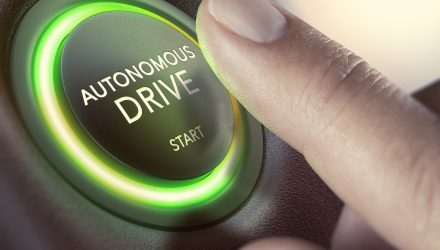If the tech giant indeed launches an Apple car, it will have to adjust to longer upgrade cycles, points out AppleInsider. Apple refreshes the iPhone line every year, and declares its products “obsolete” just seven years after launch.
In contrast, carmakers have much longer upgrade cycles, and they provide support and components for their cars for decades. Apple will also have to invest a lot in its support infrastructure.
Apple has been testing its autonomous driving systems for almost a year now on public roads. Recently, Bloomberg reported that the company’s self-driving fleet has expanded from just three vehicles in April 2017 to more than 27 vehicles in less than a year.
All of them are Lexus RX450h SUVs. Lexus vehicles can easily be customized with after-market sensors. That’s why technology companies working on autonomous driving systems show a preference for Lexus.
Apple’s test vehicles have been spotted multiple times on public roads in California in the last few months. Late last year, Voyage co-founder MacCallister Higgins posted a picture of Apple’s customized Lexus RH450h SUV.
The vehicle had tons of custom hardware and third-party sensors for autonomous driving. The custom setup consisted of numerous cameras, six Velodyne LIDAR sensors, and some radar units to detect nearby objects.
Going to need more than 140 characters to go over 🍎's Project Titan. I call it "The Thing" pic.twitter.com/sLDJd7iYSa
— MacCallister Higgins (@macjshiggins) October 17, 2017
All of them were encased in white plastic on the roof of the vehicle. MacCallister Higgins noted that majority of the compute stack was also placed on the roof along with other sensors. Most other self-driving car operators place the computing stacks in the trunks of their test vehicles.
This article is republished from Value Walk.
